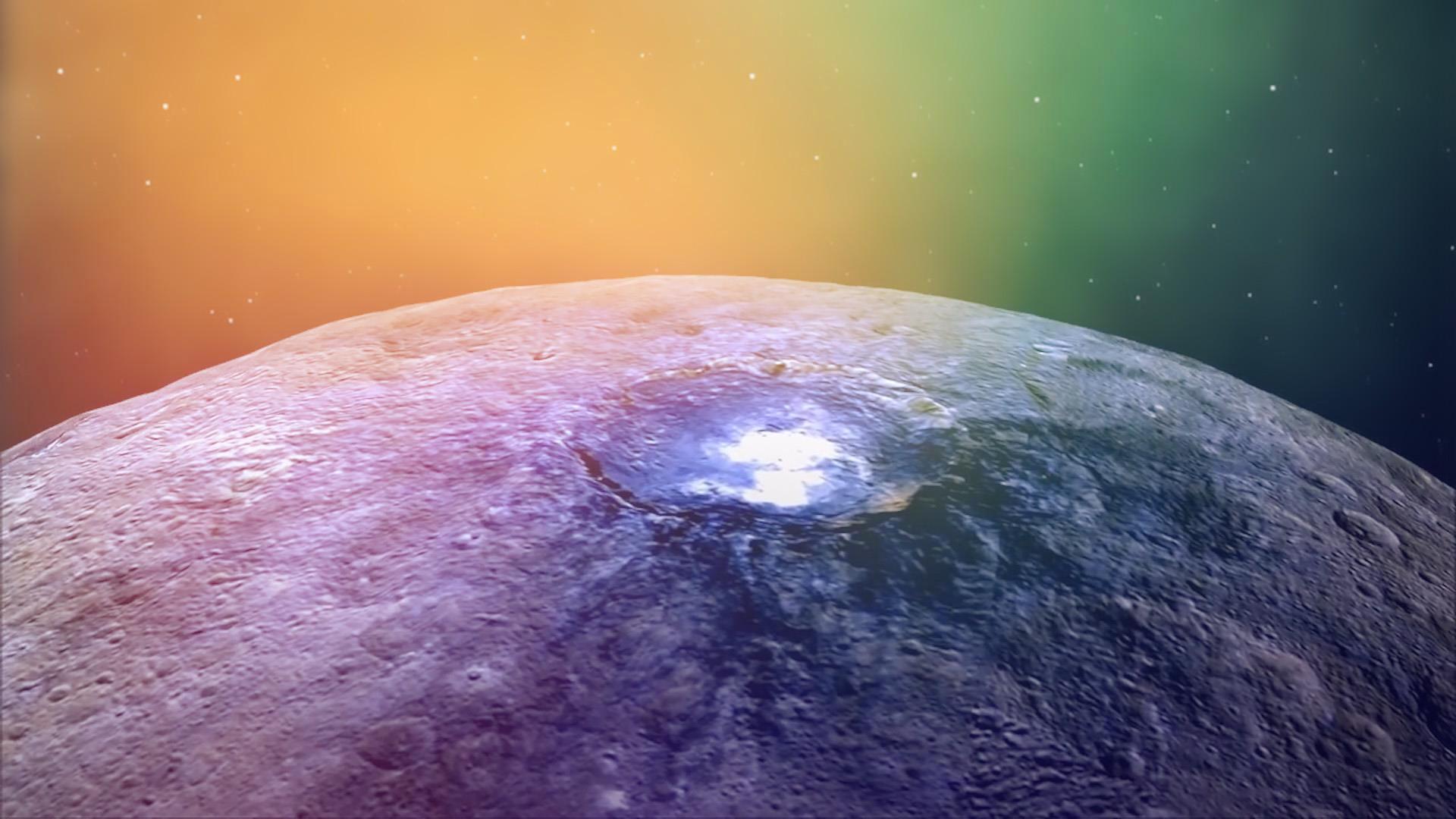
NASA has claimed the dwarf planet Ceres to be a water-rich world, as opposed to the previous belief that it was a barren space rock. It exists in the asteroid belt between Mars and Jupiter.
The NASA had concluded after analysing data collected by the Dawn spacecraft, that there could be a deep reservoir of brine or salt-enriched water, at a depth of 40 kilometres and hundreds of miles wide.
“Dawn accomplished far more than we hoped when it embarked on its extraordinary extraterrestrial expedition,” said Mission Director Marc Rayman of NASA’s Jet Propulsion Laboratory in Southern California. “These exciting new discoveries from the end of its long and productive mission are a wonderful tribute to this remarkable interplanetary explorer.”
Ceres is almost one third the mass of the entire asteroid belt, albeit being smaller than the Moon. Long before Dawn arrived at Ceres, scientists had noticed diffuse bright regions with telescopes, but their nature was unknown. By the time the mission ended in October 2018, the orbiter had dipped to less than 35 km above the surface, revealing crisp details of the mysterious bright regions Ceres had become known for. Scientists had figured out that the bright areas were deposits made mostly of sodium carbonate — a compound of sodium, carbon, and oxygen.
It is unknown as to where the water is coming from. Scientists are looking for more proof from the data collected by the spacecraft to substantiate their claims.




